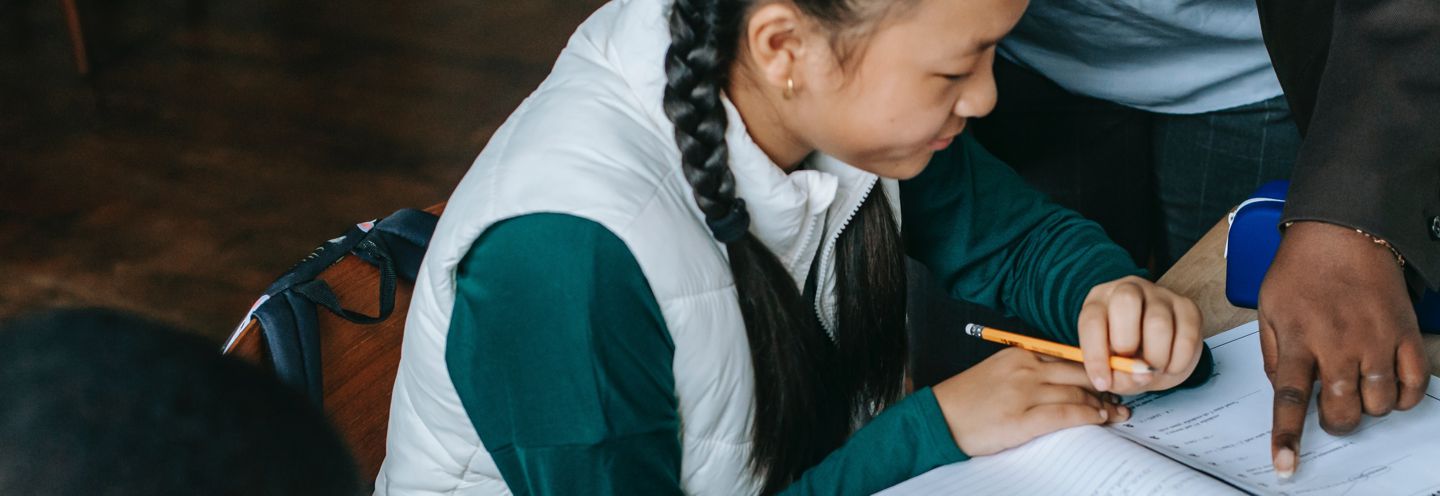Teacher Resources | 386 Results

Did you know? Two-thirds of Canadian students have helped someone who was being picked on online. When you see or hear bad things happening online, you have a lot of power to make things better

In this lesson students consider diversity representation in video games by identifying examples of diversity in the games they play, comparing their findings to statistics on diversity in the

In this lesson, students consider how difficult and complicated it can sometimes be to do the right thing. Students are asked to consider whether they agree with a number of widely-held moral

Minimize screen use, especially for the youngest children:

In this lesson, students consider the idea that a news source can be “accurate but misleading” through the concept of framing. Students learn about the different ways that news stories may be framed

In this lesson students learn about the inherent tension within democratic societies between freedom of expression and freedom from hatred. They also learn how Canada has addressed these issues

This lesson looks at the increasing prominence of gambling in the media, particularly movies and television.

In this lesson, students consider the positive aspects of video games as well as the ways in which games may take time away from other activities they enjoy. Students are introduced to the idea of

In this lesson, students explore gender-related influences on smoking.

In this lesson, students think critically about culturally inherited gender stereotypes, and explore how stereotypes about men and women are promoted and reinforced through the images and messages in

